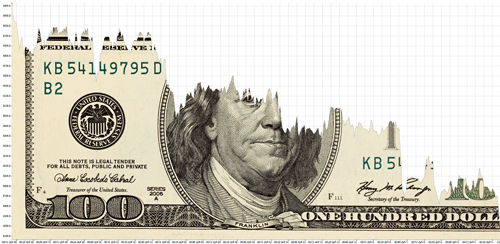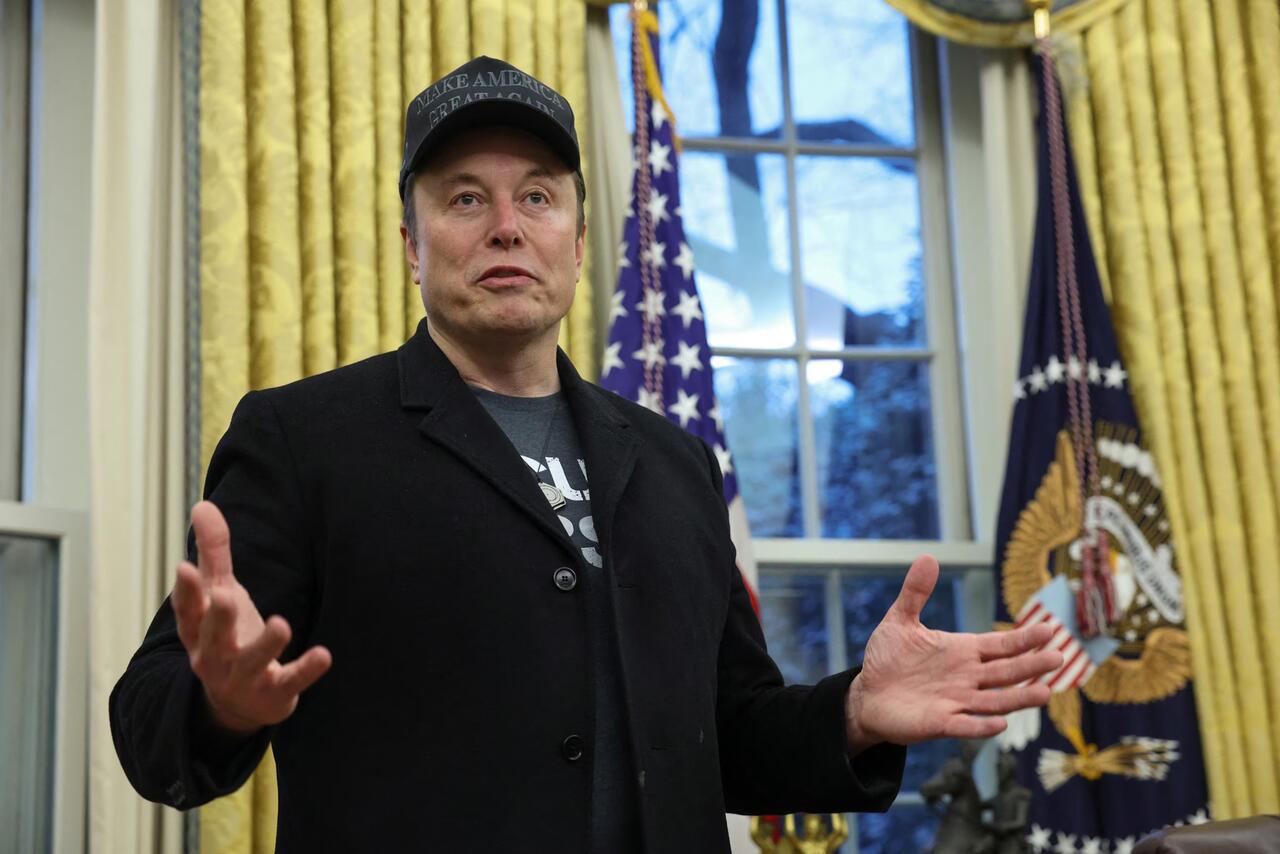This article was contributed by Wealth Research Group.

What’s been happening in the past three weeks is incredible, and I think it’s paramount we understand the games that the Federal Reserve is playing with us.
In order to keep public sentiment about inflation at bay, even while commodities were exploding and real estate prices were going through the roof, cryptocurrencies were appearing on Saturday Night Live and Reddit forums were moving the most-traded stocks on the planet, the FED kept their stance that they weren’t seeing any inflation and that this was all transitory.
This strategy backfired on them…
Instead of calming investors down and giving assurance to the general public, the markets felt that the FED just wasn’t getting it right.
This hurt the FED’s credibility, so they decided to change strategy. Denying inflation altogether wasn’t working anymore, so just a few days ago, Powell confessed to Congress that the FED had revised its outlook, acknowledging that there’s strong inflation out there, but only in the near-term.
When we look at the SKEW index, we can readily see that this short-term inflation is projecting volatility and is going to come in droves:
The SKEW index is a measure of potential risk in financial markets. The Skew Index measures perceived tail-risk in the S&P 500.
When it’s at an all-time high, it means that smart money doesn’t think the markets are properly priced; indeed, Jerome Powell was being grilled by Republicans, who asked him about the jobs market and how difficult it is to find workers.
He replied that hiring is slower than he thought and that unwinding the extended unemployment benefits should help speed it up, basically reinforcing the outlook that paying people to stay home is causing a shortage in workers. It was then that Republican Congressman attempted to get Powell to admit that free money isn’t constructive.
Powell repeatedly replied with answers that distanced him from the subject, since he didn’t want to get into fiscal policies and politics.
So, what’s interesting here is that Jerome Powell’s confession that he now sees inflation in the economy was actually soothing to investors since now they feel they’re speaking the same language as the FED, but the general public sees way more inflation than the FED does!
Both agree that inflation is rising in the near term, but the public is more adamant that the rate of climb is 4%, whereas the central bank only sees it at 2.5%. The public was surveyed concerning the next decade and it came back at 2.8%, whereas the FED thinks that 2.3% is more likely.
The differences are still huge!
The result of this gap could be that the FED makes a mistake and tightens too fast.
It happened in 2018 and might happen again, but the more likely result is that they remember that error and wait, actually delaying hiking rates, while more people find new employment opportunities.
If I’m a betting man, I still don’t project any hikes in 2022 and only one or two in 2023!
Where everyone agrees is that the FED Funds Rate should go to 2.5% in the long-term, but my analysis is that this may never happen in my lifetime.
We live in a zero-rate world, plain and simple.










0 Comments